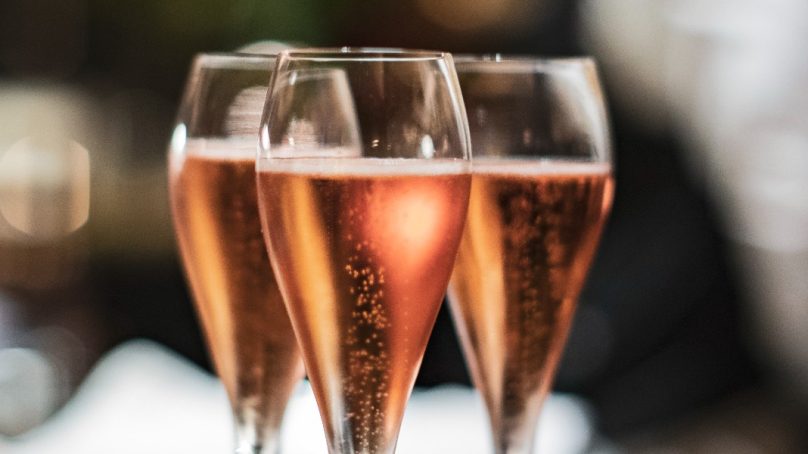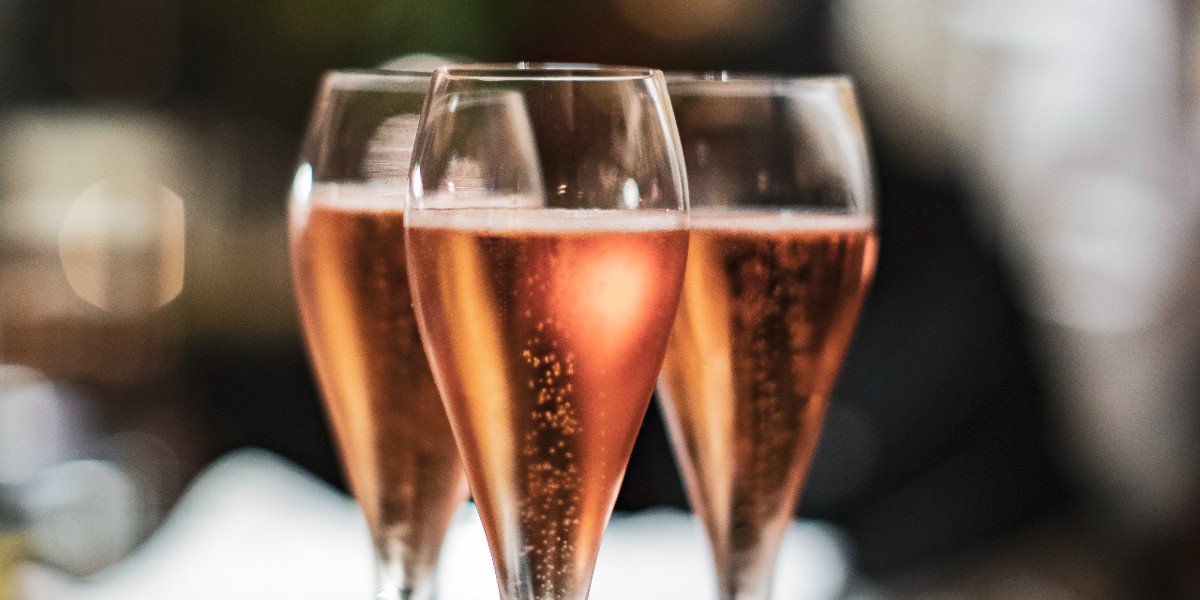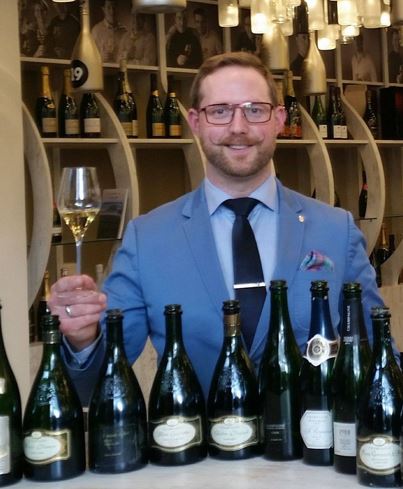

Unique to the champagne appellation, two methods of making a rosé champagne are permitted; blending red wine to white, or through maceration. The Champagne region allows red and white wines to be blended, thereby creating rosé champagne. This is the most common practice in its appellation. Maceration is the “bleeding” of the skins or allowing the juice to remain in contact with the grape skins.
Regardless of the method, certain variables have a significant impact on the outcome. Fermenting temperature yields greater fruit aromas at lower temperatures, whereas bitterness at warmer temperatures. The vine age and even the ripeness of the harvested grapes will have an impact on the depth of the red color and red fruit aromas (deeper red if older vines or more mature grapes, even if macerated over a shorter duration). Naturally, the physical vessel in which the wine is made (material: stainless steel, oak, concrete, or even size), will affect the lightness and freshness of the wine, versus depth and complexity.
Blended rosé champagnes are best suited to food pairings that favor lightness and freshness, notably from a higher perception of acidity and of tension, paired with delicate red fruit aromas from the wines (red and/or white). Two exquisite examples are:
- Champagne Ayala cuvée Rosé Majeur, an ideal rosé for a cold-poached salmon, accompanied by steamed spring vegetables and a red currant sauce.
- Champagne Juillet-Lallement cuvée Belle de Juillet 2012 Rosé, which highlights the beauty of a local food pairing with a Chaource cheese (whipped), served on a slice of rye bread.
Both the Ayala and the Juillet-Lallement blended rosé champagnes exude crisp, tart and red berries, which will evolve with both a rise in serving temperature and aeration.
Macerated rosé champagnes offer a depth in color and aromatic complexity, which for some, can hold their own when paired with meats, much like a (still) red wine. Time-tested examples include:
- Champagne Demière cuvée 100% Pinot Noir Rosé de Saignée, which has both stood up to and harmonized with wagyu beef and cherry sorbet.
- Champagne JM Goulard cuvée l’Éclatante 2018 100% Meunier, a delectable choice with light, red meats, such as lamb.
The Demière and JM Goulard macerated rosé champagnes have a distinct depth in both aroma and color, much of which originates from the older vines used for the Pinot Noir (Demière) or Meunier (JM Goulard). These two macerated rosé champagnes have vivacious, almost spicy, red fruit notes.
In conclusion, champagne is not just a delightful summer drink but also an exquisite beverage for food pairing throughout the year. Its crisp acidity and effervescence make it a versatile companion to a wide range of dishes, enhancing flavors and elevating the dining experience. Whether it’s a light salad or a decadent dessert, champagne’s unique qualities add a touch of elegance and celebration to any meal. So, don’t limit champagne to summer gatherings; explore its potential as a food pairing delight, and savor the bubbly goodness throughout the year. Cheers to the culinary pleasures that champagne brings!
Carl Edmund Sherman
Champagne consultant














